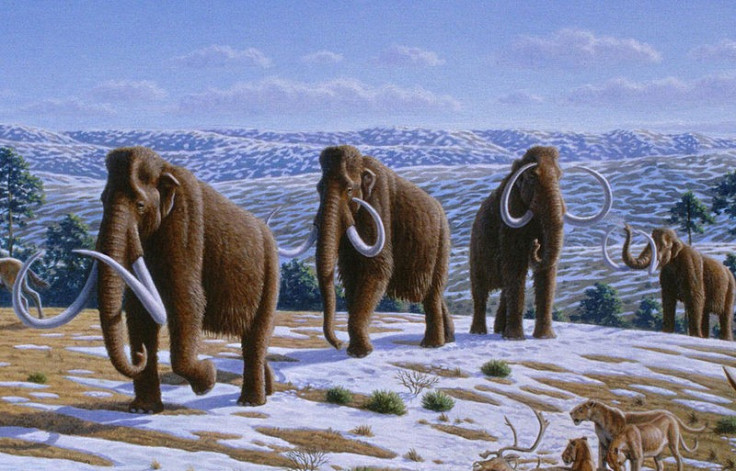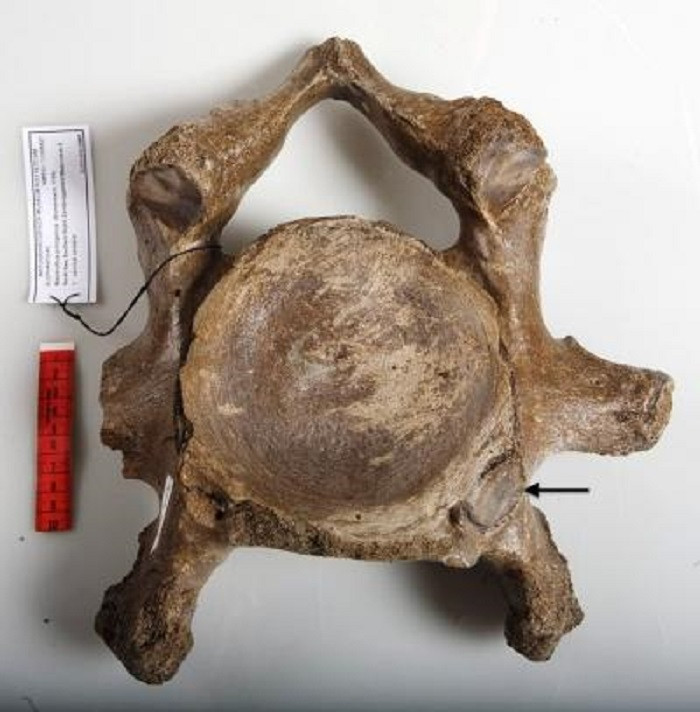Inbreeding and Bad Weather Caused Woolly Mammoth Extinction

Woolly mammoths went extinct thousands of years ago because of problems associated with inbreeding and very poor weather conditions, researchers have discovered.
Published in the open access journal PeerJ, researchers from Rotterdam Museum of Natural History and the Naturalis Biodiversity Center in Leiden discovered woolly mammoths from the North Sea possessed a 'cervical' rib, or neck rib.
In modern animals, cervical ribs are associated with inbreeding and adverse weather conditions during pregnancy. Findings showed that woolly mammoths were 10 times as likely to have cervical ribs than modern elephants, their closest living relative.
Researchers believe that these factors contributed to reproductive stress, which pushed an already declining mammoth population into the abyss of extinction.

Cervical ribs are found in the neck on the cervical vertebra. This is where it curves around, like a rib would around the chest.
While harmless, this mutation is often the result of genetic and environmental disturbances during pregnancy, meaning they are associated with abnormalities or stillbirths.
The team believes the cervical rib was a result of inbreeding in an already depleted population, also exacerbated by disease, famine or cold.
They conclude that it is highly likely that developmental abnormalities among woolly mammoths contributed to its eventual extinction in the late Pleistocene era.
Jelle Reumer, one of the study authors, said: "It had aroused our curiosity to find two cervical vertebrae, with large articulation facets for ribs, in the mammoth samples recently dredged from the North Sea.
"We knew these were just about the last mammoths living there, so we suspected something was happening. Our work now shows that there was indeed a problem in this population."
© Copyright IBTimes 2025. All rights reserved.






















